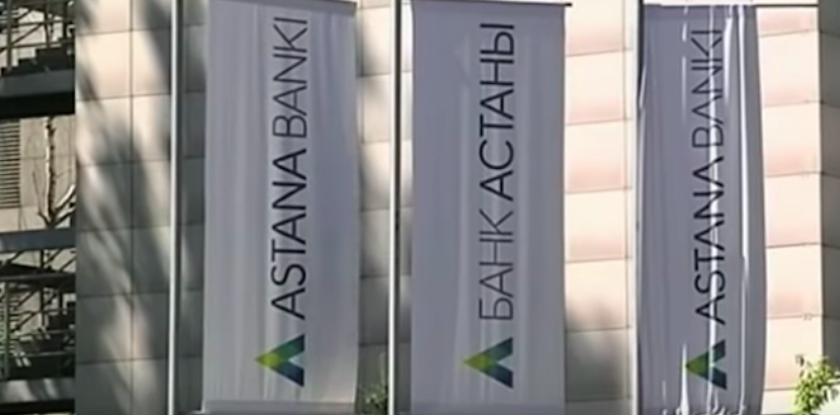Out of the three banks that, in the words of kazahk president Nursultan Nazarbayev, “display the horrible results due to the shareholders’ mismanagement”, Qazaq Banki and EximBank have already practically gone bankrupt. However, the case of the third one, Bank of Astana, promises to be a much more curious one.
We will recall that, on April 18, 2018, President of Kazakhstan Nursultan Nazarbayev received the National Bank of Kazakhstan’s (NBK) report for the year 2017. Here is what the President said verbatim in the course of the meeting (text in bold by kz.expert).
“The state had given the unprecedented support to the banking system having supplied it with more than 3 trillion tenge. At the same time, the volume of the loans given by the banks had not grown and, by the end of 2017, constituted about 12.7 trillion tenge. The share of the non-performing loans constituted 10%. This year, the National Bank’s recovery program will be closed for the banks with very bad showings. These banks display negative results due to the ineffective management of the shareholders, their debts are increasing, so now they cannot fulfill their obligations before their clients. How can the situation be resolved? To keep these banks afloat, their shareholders must invest their own funds in order to return the money that had previously been moved out of the banks”.
The President of Kazakhstan had also named the three banks the “display the horrible results doe to the shareholders’ mismanagement” – Bank of Astana, Qazaq Bank, and ExiumBank.
The last two are as good as bankrupt – on August 17, 2018, the NBK revoked their licenses for conducting the banking and other operations as well as the stock-market activities. The Regulator’s corresponding press-releases numbered 25 and 26 appeared on its official website on August 28. Therefore, the only bank “blacklisted” by the President that is still operating albeit with a suspended license to receive physical bodies’ deposits and open bank accounts is Bank of Astana. The reasons why the NBK is making an exception in this case are yet unclear.
A recent event has befogged the situation even more – the press released the informed that Bank of Astana had transferred its $257.6 mln debt to Astana LRT to the Problem Loans Fund (PLF). This information was published on the Kazakhstan Stock Exchange (KASE) website on August 27, 2018.
The document shows that the Board of Directors of Bank of Astana, having discussed the issue of debt to Astana LRT in the amount of US$257599961.55, decided to 1.1 sign a debt transfer agreement between the PLF, Astana LRT, Bank of Astana, and Tokhtarov Olzhas Tanibergenovich; 1.2 sign a claim cession agreement between the PLF, Bank of Astana, and Tokhtarov Olzhas Tanibergenovich.
In the meantime, the PLF’s website gives no information on the agency’s participation in this deal. Moreover, the latter can, in principle, buyout only bad and doubtful debts but not clients’ deposits.
To confirm this, we will cite several paragraphs from the PLF’s “Core Operations” (text in bold by kz.expert).
“Core Operations
Buying the bad and doubtful loans from second-tier banks
Preliminary information
Submitting a request to the bank re the list of the loans to be transferred to the Fund
Investigation and Evaluation
Receiving from the banks the information on the loans to be transferred to the Fund.
Investigating the intended for buyout bad and doubtful loans given to legal bodies in re the compliance with National Bank’s requirements;
Evaluating the bank’s assets intended for the transfer by an independent evaluation commission.
Identifying loans intended for buyout
Identifying loans intended for buyout;
Defining the assessed value of the loans intended for buyout.
Buyout
Signing the claim cession agreement (PLF, the bank);
Signing the fiduciary management of assets agreement (PLF, the bank, asset management company)”.
So, if the information send by Astana Bank to the KASE on August 27, 2018, will be confirmed, then, the National Bank as the Regulator and the Kazakhstan Government as the sole PLF’s shareholder –
- first, have infringed Nursultan Nazarbayev’s requirement to end the state support of the “horrible banks”;
- second, have created a certain (quite possibly illegal) precedent;
- third, are yet again concealing the information on what is going on from the market and the civil society.
Because it is obvious that the reasons why Bank of Astana has received or will receive the opportunity to avoid bankruptcy are not of the economic but of the personal if not corruptive nature.




